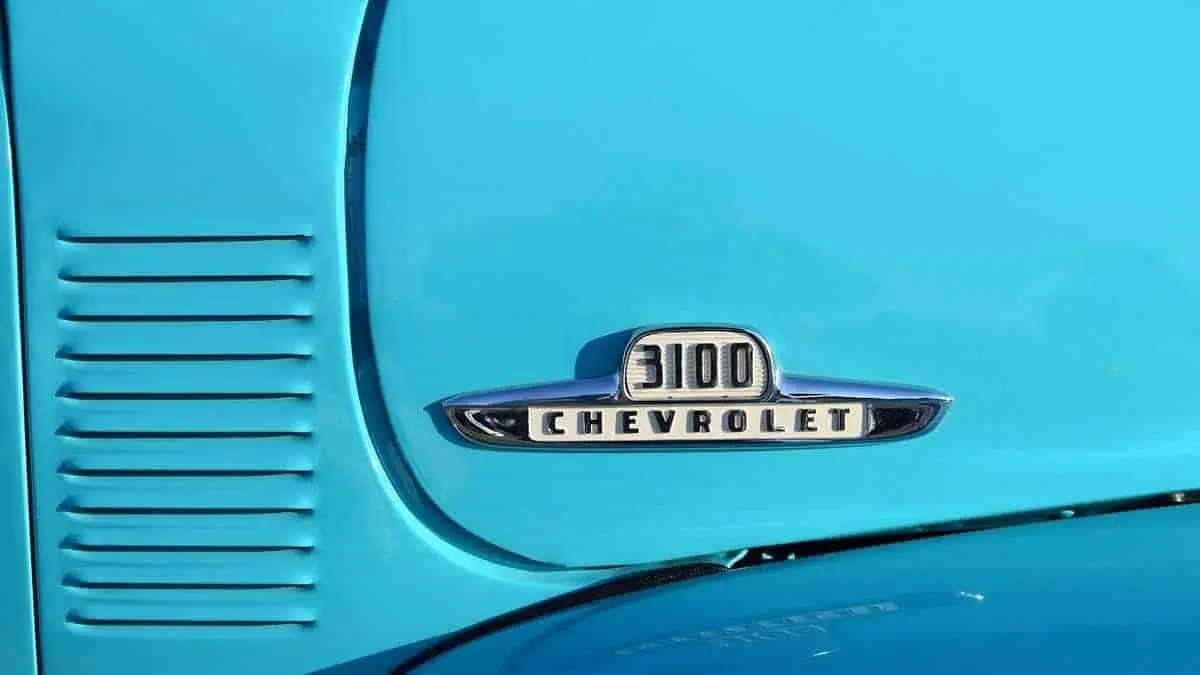Owners of electric vehicles are likely to keep their automobiles for longer because they are predicted to last longer than their ICE equivalents. Anthony Lo, the chief design officer of Ford, urges us to reassess car interiors, as per CarBuzz .
“If you imagine vehicles having a longer life, then at some point…you may want to introduce a new interior layout, [or] a new material you can actually put into the vehicles to update [them], like a freshening,” explained Lo to Fast Company.
He further compared the idea to home renovations. “[It’s] like your house. You may want to refresh [it] three, four, or five years after [you’ve owned] it.”
Lo has also argued that electric cars have altered the “world of car design.” The interior is now taking precedence where the exterior once prevailed. “Because of the [number] of features within the vehicle that you can control as a user, the user interface becomes more and more important. The design process is turning upside down,” he said at the time.
Notably, his innovative approach to interior design is clearly shown in the stunning Lincoln L100 concept. It has a sophisticated cabin that was created for autonomous travel.
Meanwhile, Ford’s research revealed that waiting while a car charge has become a norm with the introduction of electric vehicles. The report indicated that “people spend more time working and eating in their vehicles, instead of driving them.”
As a result, Lo aims to build a fun and immersive environment for EV owners. Lo asked, “If you’re waiting at a charging station, or you’re at a campsite, what can you do inside a car?”
That said, the two most recent Lincoln concepts give us a hint as to what to anticipate with his designs. For instance, the digital screen on the Lincoln L100 covers the whole floor. Impressively, this not only gives the cabin a wonderful atmosphere but will also undoubtedly amuse (or relax) the occupants.
Furthermore, the chess piece controller might not be fully essential, but it is a beautiful feature that contributes to the opulent atmosphere.
Lo also stressed the significance of exterior aerodynamics design. He asserts that there will be a significant change in vehicle design. “I think it’s been an emerging trend for a while. In the past, with [ICE vehicles], you were tasked with being aerodynamic for fuel efficiency. For [EVs], I think you need to be even more aerodynamic because it will increase your range.”
The skilled designer is convinced that a proper design can increase an electric vehicle’s range by 30 to 40 miles.
Theoretically, the “right design” might also enable maintaining current range standards while using smaller batteries. This would result in cheaper, lighter, and more environmentally friendly vehicles.






